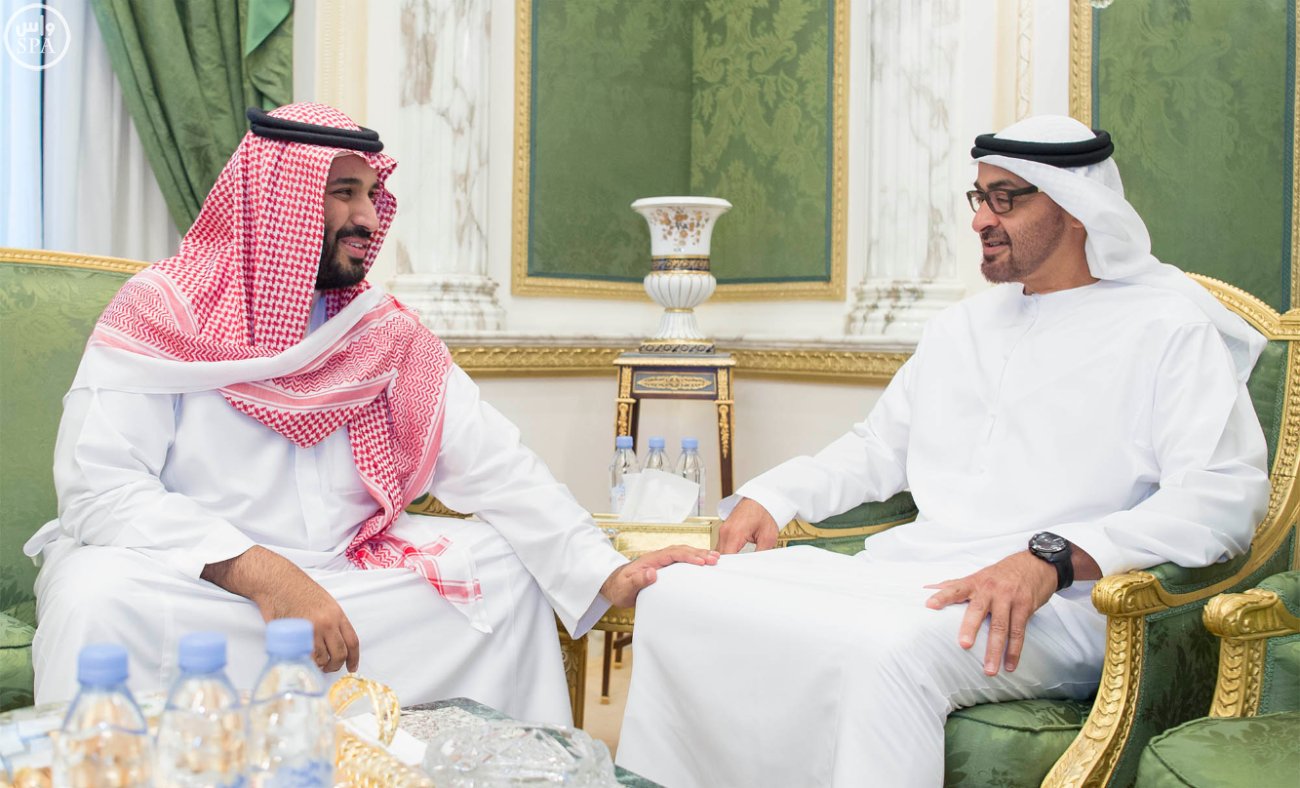Oil prices continued to see increased volatility as traders attempt to understand how the Saudi-UAE chasm on production might affect supply in the coming months, according to reports.
On Monday, talks broke down between Saudi Arabia and the UAE on production levels within the OPEC+ group of producing nations. According to Bloomberg, Saudi Arabia proposed that the coalition “gradually revive the 5.8 million barrels of daily capacity it still has off-line in monthly installments of 400,000 barrels through to the end of next year,” but the UAE balked at that proposal, “saying it will only support an extension of the pact if there are revisions to its own quota, which the country contends is outdated.”
The result of this public disagreement on policy is causing speculators to extrapolate what this might mean for the market should it persist.
Per Bloomberg:
“The existing OPEC+ agreement states that output remains steady next month. That could cause world markets to tighten sharply, with forecasters such as Goldman Sachs Group Inc. warning the shortfall will amount to several million barrels a day…
“Yet the longer the dispute goes unresolved, traders are reckoning with another possible outcome: that the UAE follows through on veiled threats to quit OPEC, which could cause the entire alliance to dissolve into a production free-for-all reminiscent of last year’s Saudi-Russia price war.”
[The Washington Post, via Bloomberg, features an excellent run-down on why the OPEC+ crisis has sparked an oil price Frenzy.]
The disagreement on oil is not the only point of turbulence between Saudi Arabia and the UAE. Saudi Arabia’s ban on travel to the UAE recently due to Coronavirus concerns “has disrupted summer holiday plans for citizens and residents, especially during the Eid Al Adha break later this month when many traditionally spend time in Dubai,” the National reports.
But while long-standing but under-appreciated differences between the UAE and Saudi Arabia are becoming more obvious in recent weeks, “their continuing shared interests remain decisive,” writes analyst Hussein Ibish, for the UAE-based The National, in which he notes that despite the current disagreement, the partnership between the two countries will endure.
“The rift is real and significant,” Ibish writes. “But the UAE and Saudi Arabia remain fundamentally affiliated at the regional and international level because they continue to share enough core interests to make them far more often partners than rivals. Yet the differences, some long-standing and others more recent, are significant. So, it’s essential to differentiate between what is and is not happening between these two crucial Gulf Arab powers….The current dispute is in part the result of a maturation process among Gulf Arab countries. It is quite normal for allied countries to have disagreements that do not rupture their underlying partnership, and economic differences are a typical source.”









